UP Board Class 12 Civics Question Paper 2025 PDF (Code 323 IW) is available for download here. The Mathematics exam was conducted on March 1, 2025 in the Evening Shift from 2:00 PM to 5:15 PM. The total marks for the theory paper are 100. Students reported the paper to be easy to moderate.
UP Board Class 12 Civics Question Paper 2025 (Code 323 IW) with Solutions
| UP Board Class 12 Civics Question Paper with Answer Key | Check Solutions |

Who was the President of the Soviet Union at the time of its disintegration?
When was the European Union established?
Bangladesh was a part of which country before independence?
Which of the following countries is not a permanent member of the Security Council?
In which year was the Earth Summit held?
When was the States Reorganisation Commission formed?
Who called the Congress party an 'Umbrella Organisation'?
Tashkent Agreement was signed between whom?
Who gave the slogan of non-congressism?
In which of the following years were the recommendations of Mandal Commission implemented by the government?
Who guided the model of shock therapy?
What do you understand by Maastricht Treaty?
What is meant by balance of power?
What is Agenda-21?
What is the function of the World Social Forum?
What were the two major challenges India faced after independence?
What do you understand by planned development?
Mention any two principles of Indian foreign policy.
What is meant by 'Congress Syndicate'?
When was Operation Blue Star conducted?
What do Perestroika and Glasnost mean?
What is meant by SAARC? How can peace and cooperation be promoted through this?
What is sustainable development?
Write four important elements of an ideal electoral system.
What is the meaning of Panchsheel?
What is the meaning of coalition government?
How did the European Union exert its political and diplomatic influence?
What kind of security challenges does India face? What are the major components of its security policy?
What was the work of the State Reorganisation Commission? What were its main recommendations?
Why is the 'Emergency' and the period around it called a constitutional crisis? Explain.
Analyse the factors that helped the Soviet Union to become a superpower after the Second World War.
Assess the role of the United Nations as the most important international organisation.
Write a short essay on the merger of princely states in India after independence.
Examine India's foreign policy in the current context.
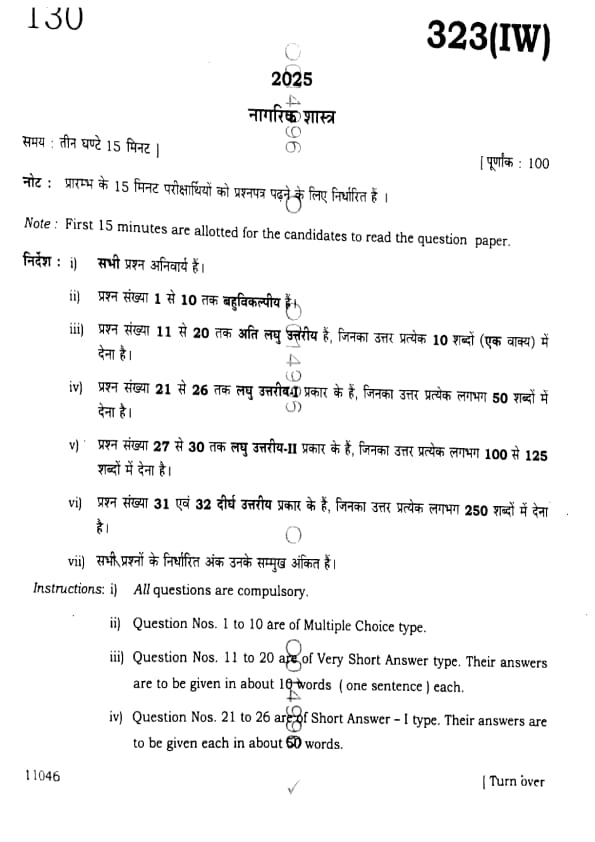
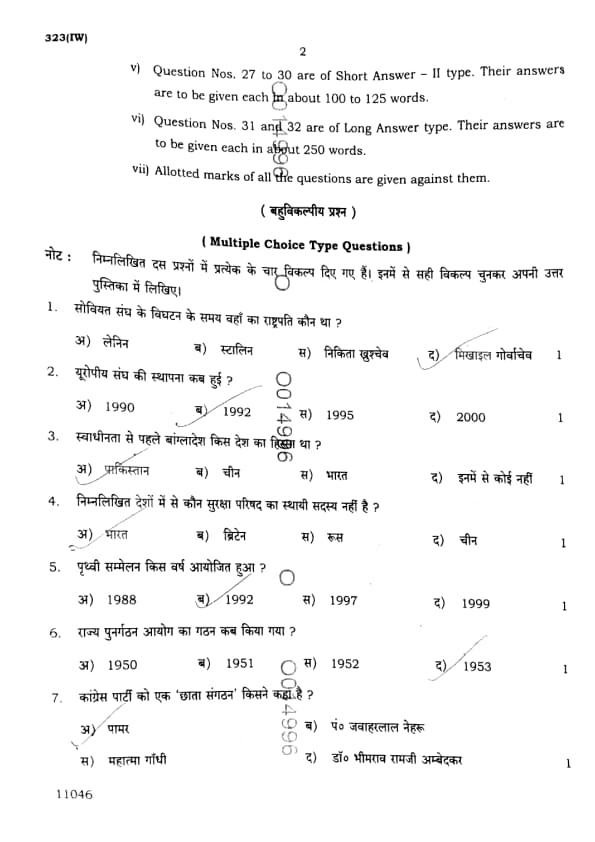
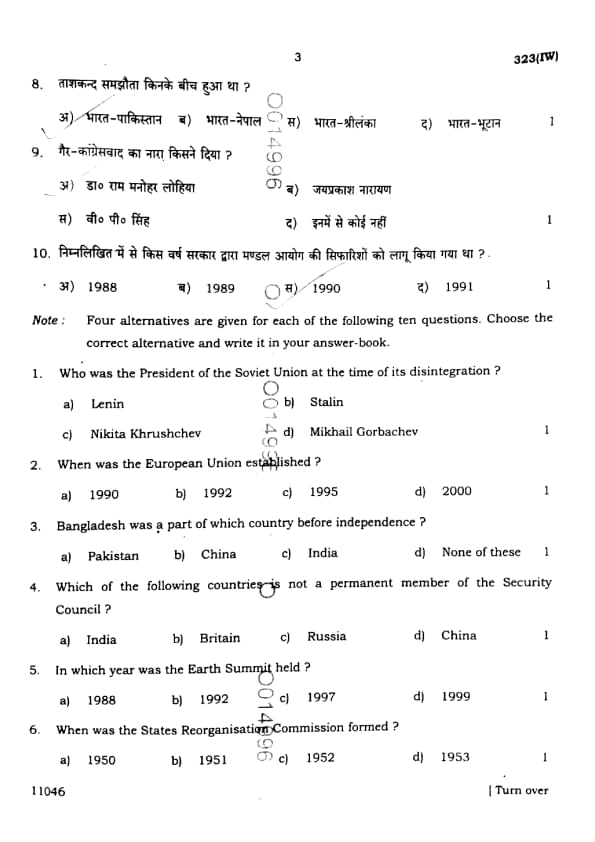
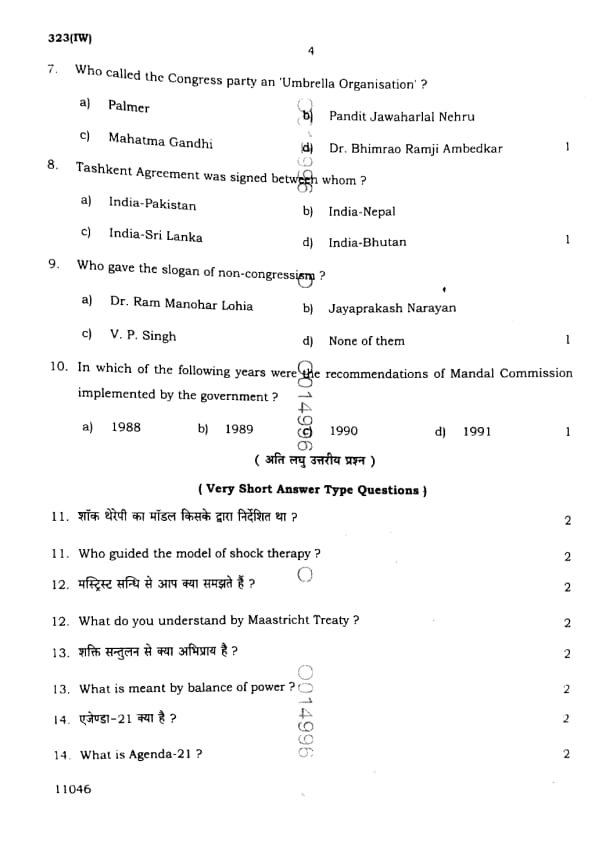
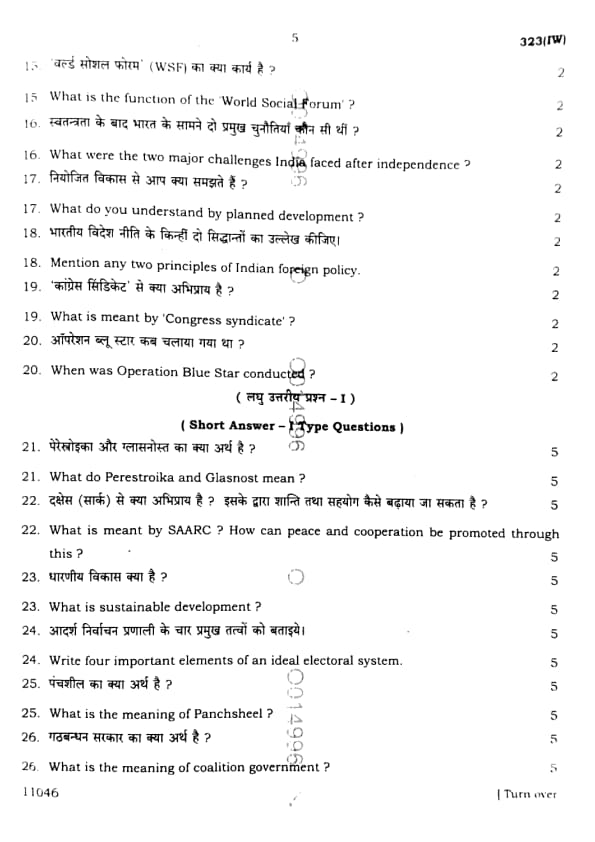
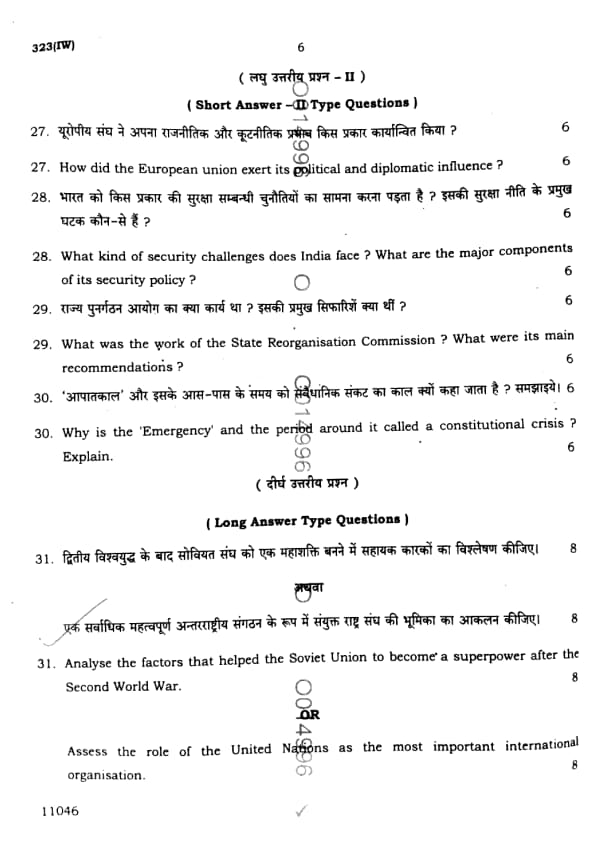
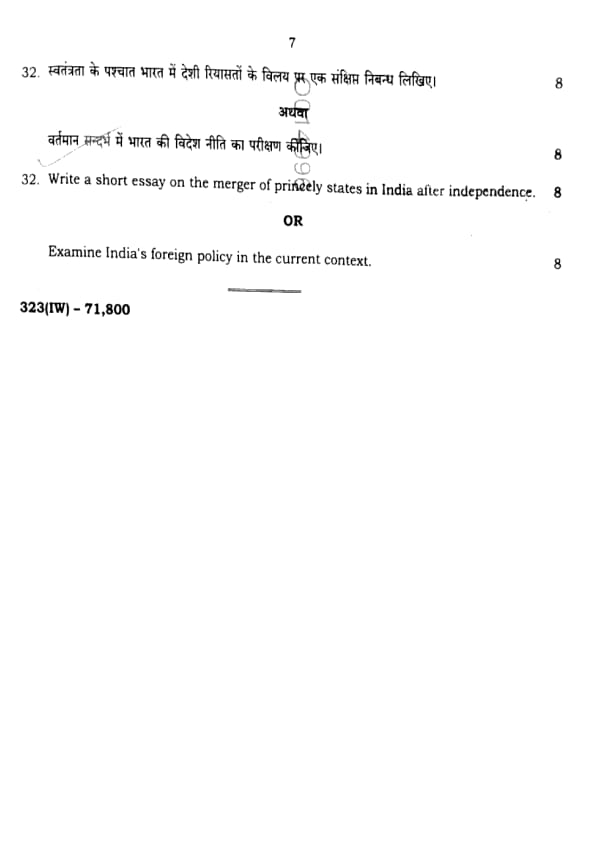



Comments